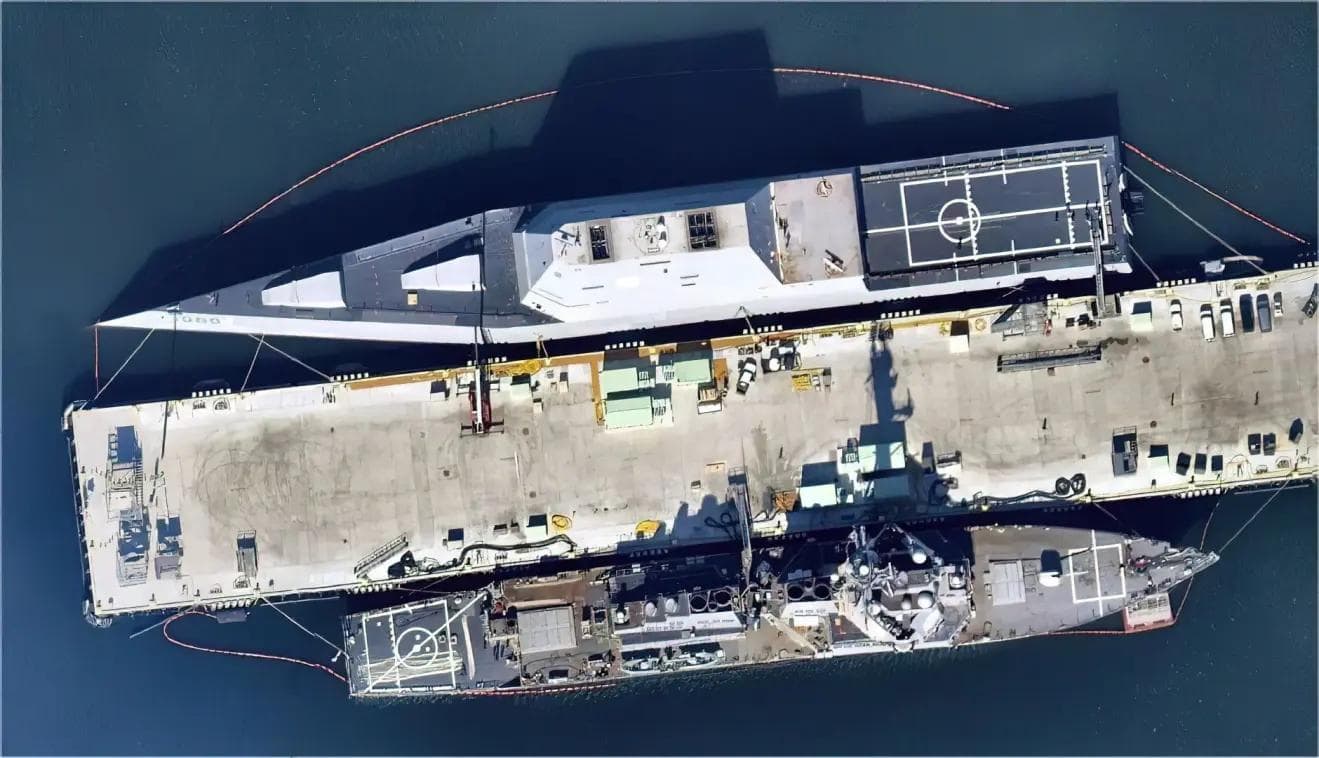What happens in a great-power war when the U.S. Navy can’t maintain or repair its warships?
In what should be seen as a truly worrisome state of affairs, the U.S. Navy is already facing cost overruns and delays for its first major projects under a new 20-year shipyard modernization effort. About the only “good news” in all of this is that the Navy is reported to be hoping to learn from the overruns and schedule slips as it moves forward with its $20 billion Shipyard Infrastructure Optimization Program.
The goal of the project was to completely overhaul and reconfigure the four facilities – Norfolk Naval Shipyard (NNSY), Portsmouth Naval Shipyard (PNSY), Puget Sound Naval Shipyard and Intermediate Maintenance Facility (PSNS&IMF), and Pearl Harbor Naval Shipyard and Intermediate Maintenance Facility (PHNSY&IMF) – that can help improve the timely return of U.S. Navy ships and submarines back to the fleet following maintenance and modernization. That, in turn, supports the combat readiness of the Navy. Currently, the facilities are what require the most maintenance and modernization, and the efforts to get there are facing the aforementioned delays and overruns.
The four facilities were originally designed and built in the 19th and 20th centuries to construct and maintain sail- and conventionally-powered ships, and as a result, the Navy’s public shipyards are not efficiently configured to maintain and modernize nuclear-powered aircraft carriers and submarines. The Naval Sea Systems Command has warned that these inefficiencies as well as the obsolete facilities have resulted in higher maintenance costs, schedule risks and reliability issues.
Modernization Efforts
To date, the Navy has been predominately in a planning phase of the program, generating computer models of its four public shipyards and simulating what various layouts and improvements might do for productivity, some recapitalization work is already beginning, Defense News reported.
A new multi-mission dry dock at the PNSY in Maine is slated to become the first new construction project in the program. It calls for converting the four current yards – the oldest being 254 years old and dating back to before the American Revolutionary War – into modern, efficient facilities that could repair even the Navy’s newest and largest vessels. The dry docks are seen as particularly important as they will allow for work to be conducted on the Navy’s Virginia-class submarines – something that can’t currently be done in the existing dry docks.
The program has already hit a couple of snags. The first being delays caused by the novel coronavirus pandemic, which shut down much of the country last year, while Chief of Naval Operations Adm. Mike Gilday also confirmed that the Navy had underestimated the overall complexity of the project.
“We saw significant growth in cost for lumber, for cement and for steel, and that’s been pretty steady through the pandemic, although it’s beginning to level off now,” Gilday told Sen. Jeanne Shaheen (D-N.H.) during Tuesday’s Senate Armed Services Committee hearing. “I think construction companies have had the same challenges. The initial estimate was done two years ago, and so that was a factor.”
The project’s complexity was also noted, Defense News reported.
“We are now bringing in industry before we make the [cost] estimates so that we have a better-informed idea of the complexity of the job,” Gilday added. “As an example, at Portsmouth, it makes more sense for the contractor to do the foundational work with respect to the fabrication and then to ship it down to the site, rather than to do it in the shipyard.”
According to the reports, the Navy had initially asked for $225 million in its Fiscal Year 2022 (FY22) unfunded priorities list – which is the set of spending items that are not included in the Pentagon- and White House-approved budget request to Congress – to support the Portsmouth dry dock as well as to keep the project on schedule.
Gilday said that the project was number one on the list of unfunded programs.
Naval Sea Systems Command has said to build the shipyards that the nation needs will require making significant investments to modernize dry docks, optimize industrial processes and modernize standard equipment to bring these critical industrial sites to modern standards. It should be truly top priority in every aspect.
Peter Suciu is a Michigan-based writer who has contributed to more than four dozen magazines, newspapers and websites. He regularly writes about military small arms, and is the author of several books on military headgear including A Gallery of Military Headdress, which is available on Amazon.com.

